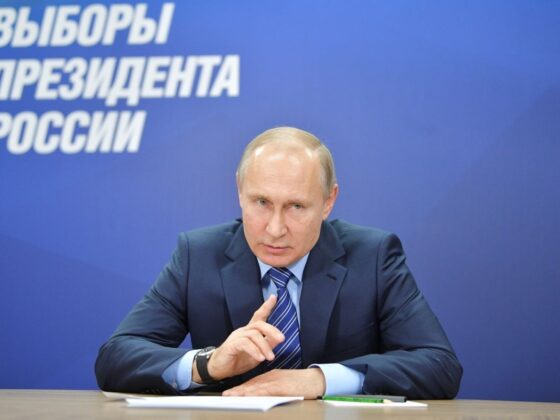(RAD) Abstract: 2017 was a year of tactical successes for Russia’s authoritarian regime. On the domestic front, it remains unchallenged, despite continuing economic problems, growing protests and increasing disappointments among elites and masses. Although the Kremlin has effectively averted risks prior to the upcoming March 2018 presidential elections, the major challenges lie ahead.
On the Eve of Presidential Elections
According to the calendar of events in Russian domestic politics, the year of 2017 was an interlude between State Duma elections (conducted in September 2016 and resulted in a landslide victory of United Russia) and presidential elections, scheduled for March 2018. Aiming to further strengthen the power of Vladimir Putin and to avoid any post-election protests that might even slightly resemble those of 2011–2012, the Kremlin concentrated on the upcoming presidential campaign as the major task of all state-driven political machinery. At first sight, this should not be a risky game. Given the high popular approval rates of Putin, the seeming lack of viable alternatives to the political status quo in light of the notorious weakness of the opposition in Russia, and the successful implementation of a policy of lowscale repression as a tool of the regime’s preemptive control over dissent, the Kremlin should easily maintain its dominance over Russia’s political landscape. Nevertheless, the regime feels itself to be vulnerable and these feelings increased in 2017, against the background of sluggish economic recovery and increasing disappointments among both elites and masses. […]









